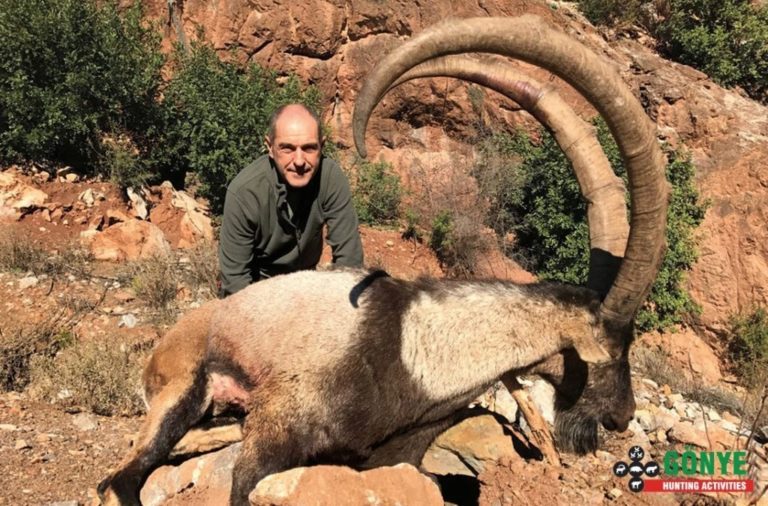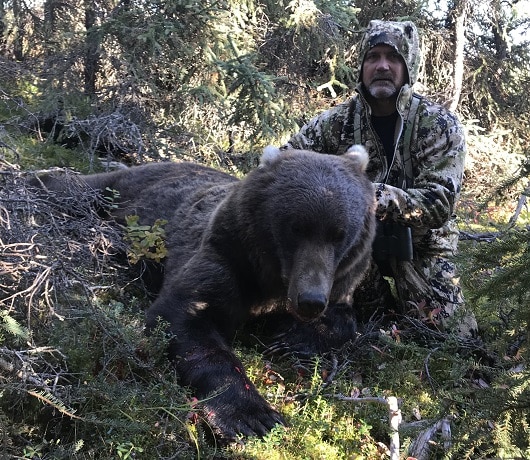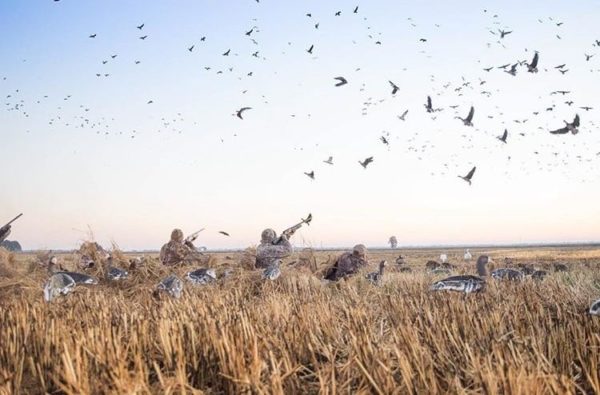Predators eat more young then you thought!
Debating predation
There are many facets to the debate over conservation of our wildlife. One subject hotly debated over the years has been the predation of our big game animals. On one side you have the outfitter and DIY hunter who is concerned with the loss of good quality animals to the increasing populations of mountain lions, wolves, bears and coyotes. The other side are our well-meaning anti hunting friends who believe predation of big game is a rather low percentage contributing to the decline in big game numbers.
Not to single out any specific species but let’s talk about Mountain lions. Quickly your average lion ranges from 140 lbs to 180 lbs for males and around 100 lbs for females. With a life span between 8 to 10 years for males with a 250 to 600 square mile hunting range and 12 to 14-year life span with a range typically between 60 to 125 square mile hunting range for females. An adult on average requires 8 to 10 lbs of meat daily which equates to one deer a week or a little over 10,000 pounds of meat a year to stay in good health.
It is no surprise with how illusive this big cat is, that they should be deeply respected for their ability to bring home the bacon!
Mountain lions have an extremely high success rate compared to most predators. They can run up to speeds of 45 mph and with a running leap reach distances of 40 feet. Lions consistently achieve higher than 50% hunt success. Most hunters dream of having that percentage but in reality, the average success rate of a hunter over his life is typically between 14 to 20 percent.
Back to the debate
while researching these amazing animals you will find very well-done scientific studies in which researchers have followed many animals for many years but in these studies, I have seen one area for whatever reason avoided or simply not investigated. Almost every study bases its findings on hunting and killing of adult pray, while drawing the conclusion that the predation of big game does not affect greatly the number of animals or number of bucks and bulls. so, doesn’t affect the number of animals being sought after by outfitters and hunter. While it may very well be true that bucks and bulls are not a primary target of Lions and other predators. what is overlooked and or perhaps much harder to gage is the impact on fawns. Due to their size its much harder to find a fawn kill considering there is no need to hang around one spot enjoying the feast and not to mention very little for remains.
 What’s not being considered
What’s not being considered
within the bucks and bulls’ argument I believe is the birth ratio of male to female fawns and calve. For the most part elk and deer reproduce approximately a 5 to 1 ratio, 5 females to every Male. As you could guess even a slightly higher predator population could mean a far greater impact on the male deer and elk numbers, now couple that with a newer study done by Kyle Knopff lead author in a study published in the Journal of Wildlife, found previous estimates could be off by as much as 365% by kills and 538% by prey biomass! They found lions tend to pray on far more young animals during the spring and summer months then previously thought which results in the killing of more animals not just due to the size of the animals but the heat causing the meat to spoil and the need for a fresh kill. Take these emerging facts about just one of our fine predators and their hunting habits here in north America and consider the kill numbers of other predators probably don’t reflect the true count of fawn and calf predation.
As good stewards of our wildlife, being an outdoorsman is more then just hunting big game to keep their populations healthy. So, once you have finished up your deer and elk seasons keep in mind you now have another duty, keeping the predator population under control to ensure a good balance.
Are you looking for a hunt?
We’d love to help you get in in touch with an outfitter who has the perfect hunt for you.
Featured Hunts
Source: GotHunts.com


